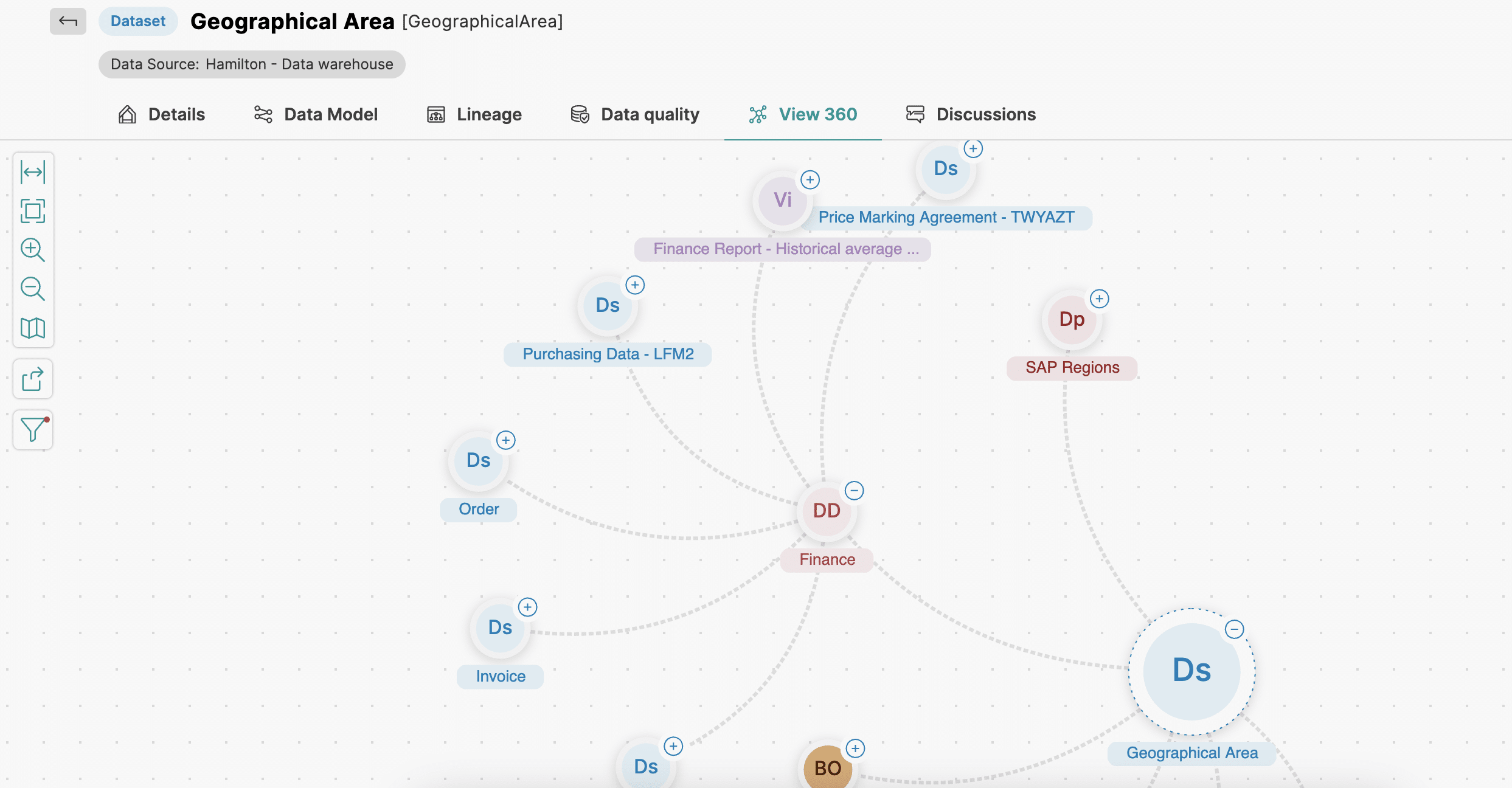Data Management Platform
The COVID-19 pandemic changed how the world works and shops as the global economy moved to the internet. Every click, search, and transaction can be captured and become information that benefits your organization by creating targeted marketing strategies that increase revenue, attract new customers, and retain current customers by impacting decisions on products and services. The DMP data management platform is where the acquired digital data is housed and is now one of the essential data repositories in any organization.
Internal marketing teams working with product owners and developers have benefitted the most from DMPs. But there is such a vast quantity of data for targeted sales purposes that businesses can be overwhelmed by data that does not help their organizational goals. Demand-Side Providers (DSP) and Supply-Side Providers (SSP) have emerged to support marketing in their advertisement campaigns design to attract and retain customers.
A data management platform is where digital information is maintained for marketing analysis and decision-making. Secured data can be from internet attached devices such as mobiles or IoT, social media, search engines, newsfeeds and more. The significance of DMPs is being realized as organizations, public and private, begin to investigate and understand the problems or needs customers have and, therefore, how they can best be serviced.
Benefits of Data Management Platform for Marketers
Data acquisition and mining is a worldwide phenomenon and money generator. Many organizations recognize the value of a DMP in Marketing. Imagine capturing what people buy, download, search for, interact with, play, or discuss, and then using this knowledge to create services delivered programmatically or via mouse click! A customer data management platform, facilitates how marketing “knows our customers” along with these benefits:
- Almost limitless possibilities of data collection from online and offline sources
- The ability to segment this information in as many ways as you can imagine: age, location, gender, web tools used, and web actions performed are just a few
- The capability to structure, classify and segment this information into events for personalized ads or value definitions by customer audience breakdown
- Direct and automated data exchange and integration with other marketing DMPs and data sources
- Integration with media buying platforms
- Reduction of internal data silos where the same customer information is housed in separate applications databases or different formats
- Centralized governance and reporting of the entire data lifecycle from data acquisition to data deletion
- Simplification of data security and adherence to international data regulatory rules
- Creation of look-alike modelling of customer audiences based on the profiles of your best customers to help attract those using competitive products
- Personalizing the entire customer journey whenever they interact with you or one of your service partners
- Automating targeted proposals based upon a data event such as a customer visiting a particular website, so you send them a proposal for your competitive product either directly or via another channel such as Facebook
- Real-time campaign performance or adjustment via audience selection criteria
How Does a Data Management Platform Work?
Data management platforms take advantage of inexpensive cloud storage, which consolidates dissimilar data into one location (data lake) and robust cloud servers to interrogate the data for marketing purposes. The best DMPs have a flexible method of identifying and classifying the information placed in the lake via metadata. Metadata is a term used to catalog the characteristics of data such as source, date acquired, type, etc.
Customers love having their problems solved, their requests fulfilled or being surprised by services they had not considered. To perform these three activities, your first-party data must be segmented or grouped into hierarchies. These segments will have common attributes such as age or location, or these individuals like blue. The better your analysis and segmentation of the DMP, the better your marketing campaigns will be as you target customers to purchase your products.
Next, you build your audiences for a specific marketing campaign. Customers can reside in multiple segments enabling data-driven offerings to solve problems, fulfill requests or make dreams come true based upon their online profile activities that the DMP has captured. I like blue clothing, gardening, and anything to do with DevOps, for example. You might then offer me a blue pair of slacks with big pockets that are easy to clean to be used as I garden. Perhaps you have a fun set of t-shirts, and one of them is blue with technology logos. These examples are the outcome of the segmenting phase, and your business better understands what they can offer or what they need to develop to remain competitive.
You now better understand your customer base, but you also have an inkling of potential clients that are not benefitting from your services. You currently only offer blue clothing, but your DMP has researched that many customers want to buy red attire. Marketing can help management gauge the new red line’s success based on trial ads and responses. Marketing can even ascertain the exact type of red clothing desired to avoid manufacturing items that will not perform against expectations. The DMP enables data-driven decision-making.
The last significant activity your DMP performs is data activation. The marketing team uses the information to begin advertising products with automated Demand-Side Platforms (DSP – I want ad space) or can offer to be a Supply-Side Platform (SSP – we can advertise your services). Another activation process could link your content management system (CMS) with customers by their interests, giving them real-time articles in whatever format they request. The options for placing newsletters, ads, targeted campaigns, blending your services with someone else (sell your red and blue shirts at new outlets) is limitless.
It is essential to know what the DMP does not do:
- DMPs gather and analyze information only from digital channels. If your business relies on other forms of data, then unless you enter this into your DMP to improve your marketing campaigns.
- Marketing campaigns require some sort of programming trigger based on the data in the DMP. The DMP is a repository of information, but how it is used requires analytical skills and software and advertisement technology.
Data Management Platform in Marketing
We explored some of the possibilities as we looked at how DMPs function. This list highlights other specific options for your DMP in marketing:
- Real-time and targeted advertising based on AI algorithms is the goal of a DMP. Your analysis reveals that red is popular, sending a request to manufacturing to develop red clothing and sending an ad to a DSP to begin a marketing campaign.
- Your first-party data forms the basis of your DMP. Not enough? Not a worry, as you can add more data by collaborating in real-time with a business partner (2nd party data), or you can purchase segmented information for 3rd party providers. Digitally gather information representing the interests of the global economy. How your business campaigns highlight their capability to services, this community is the strength of the DMP.
- Your DMP can indicate how people want to receive advertising such as email, TV, video, or social media, or other advertising channels which can be programmatically attached to the DMP.
- Data is valuable, and the information in your DMP is desirable, so where practical, you can sell your information or even help others benefit from their DMP by becoming a Supply-side Platform for them.
Marketing should deliver a personalized service to customers. Customers, because of COVID, mainly use the internet to interface with or learn about companies. Your DMP digital marketing campaigns allow your business to become a digital economic magnet for customers by creating messages that stimulate their interests.
Data Management Platform Architecture
To have data streaming into your DMP in real-time requires the use of sophisticated hardware coupled with a blend of security, tagging, analytics, monitoring and event triggering software. Most organizations rely on cloud providers for their infrastructure needs and then look to others, maybe a DSP partner or various forms of SaaS, to ensure data collected is safe and of use by automated marketing events.
The important DMP design questions are:
- What do we need to know?
- Where can we obtain this information?
- Once we have it, what will we do with it?
- How fast can we respond such that we satisfy customers or beat the competition?
- How agile is our strategy to look for different information based on what we discover?
- Are we keeping ourselves and our customers safe?
- Is there any information that we collect that we can sell or license onwards?
- How fast can we determine if our campaign is a success?
- How quickly do we pivot or stop a campaign, depending on its success or not?
When it comes to customer segmentation, your software must provide information on your targets and help you find audiences that have not yet benefited from your services. You sell t-shirts with various colors or logos but do these t-shirts attract fans of superheroes or music groups? 3rd party data can help, but you must ensure the blend adds to your capabilities and not creating a data swamp of poor information.
Combining your first part data and 2nd or 3rd party transforms the DMP into a Big Data as a Service (BDaaS) opportunity for your business and partners. Information rules decisions, improving your marketing reputation and capabilities to create personalized advertisements. Audience segmentation will include look-alike customers or those profiles that share attributes such as men over 50 that prefer button-down shirts versus t-shirts, but still with logos. Marketing defines the rules for what to look for in the DMP, and the use of AI will help Marketing refine those searches to your benefit.
Data management platforms host digitally provided information, which in post-COVID is a majority of the knowledge a business needs to attract and retain customers. Remember that the DMP does not include all of the knowledge you may require to create and perform a marketing campaign. Your DMP will be as good as the rules and outcome searches, and for this, you will need the assistance of specialized providers such as DSPs, SSPs, cloud analytics and storage, and DMP managed service providers.





